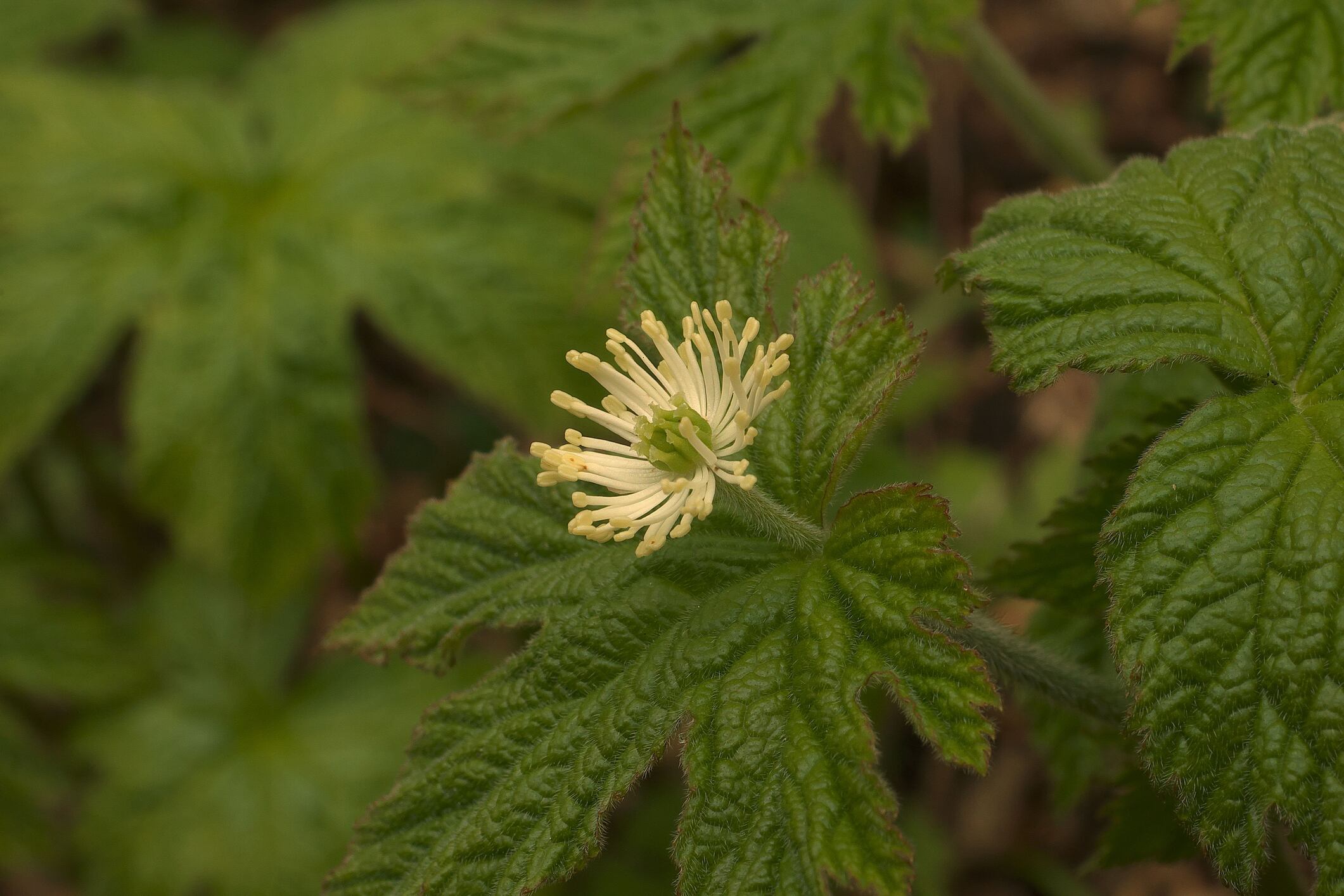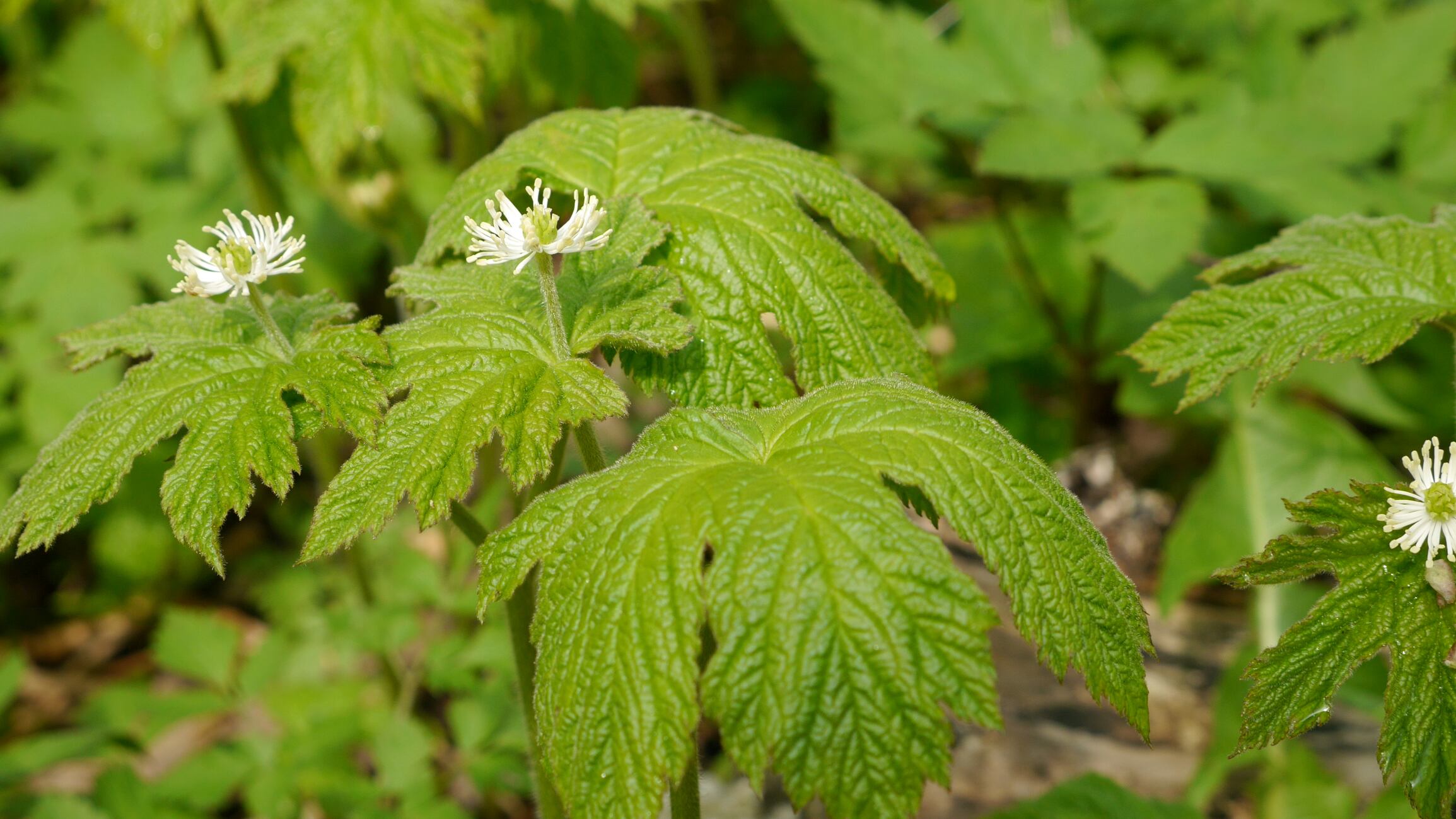The results of the untargeted metabolomics analysis, published in Food and Chemical Toxicology, showed that a small number of commercial products may be partially or completely adulterated with other botanical products.
“There is a continued need to ascertain variability in complex botanical products, especially within the dietary supplement industry to monitor quality control of products for adulteration, authenticate botanical samples, or select samples from a broad range of commercial products,” wrote researchers from the University of North Carolina at Greensboro.
“The untargeted mass spectrometry-based metabolomics approach described herein has the potential to provide a versatile data acquisition tool for comparisons of multiple products with complex constituents.”
Goldenseal quality
The issue of potential adulteration of goldenseal has been reported previously. The large-scale Botanical Adulterants Prevention Program (BAPP) published an extensive bulletin on H. canadensis root and rhizome in 2016.
“Habitat destruction in some areas of the eastern United States, goldenseal’s native range, has decreased the availability of this important medicinal plant. Pricing pressure has historically increased the incentive for economically motivated adulteration of goldenseal root,” noted the BAPP bulletin.
“Although the actual extent of adulteration of goldenseal root and rhizome in the current market is not clear, a number of authenticated methods exist to detect such adulteration, including some that have been validated.”
“A great piece of work”
According to the recently released HerbalGram Herb Market Report for 2017 sales of echinacea-goldenseal combination dietary supplements were ranked #16 in the U.S. natural food channel in 2017, with estimated sales of $5.9 million. This was an increase of almost 16% on 2016.
Commenting independently on the new metabolomics study, Stefan Gafner, PhD, chief science officer for the American Botanical Council and technical director of BAPP, told NutraIngredients-USA: “This is a great piece of work from an analytical point of view, although the adulterating species in this case could be detected by less sophisticated means due to the presence of non-goldenseal alkaloids: For example, the FT-NIR method just published by Liu et al., [Fitoterapia, Vol. 127, pp. 81-88], or regular HPLC-UV or HPTLC.
“However, the published approach is neat and one of the main advantages reported by the authors is its ability to detect adulteration even if it is with an unknown material as the chemometric evaluation should be able to tell it apart from authentic goldenseal root or aerial parts.”
Dr Gafner added that while more than 90% of the products tested did contain the ingredient that was specified on the label is was still disappointing that there are a small number of manufacturers that still substitute goldenseal with lower cost ingredients.
“This issue has been known for many years, and has been amply described,” he said. “Therefore, it is difficult to believe that manufacturers of goldenseal supplements are not aware of this problem.”
Untargeted metabolomics analysis

The North Carolina-based scientists used untargeted ultra-performance liquid chromatography-mass spectrometry (LC-MS) metabolomics analysis because it can be used when “little is known about the composition of the sample set and when the variance between samples could be attributed to several sources,” they said. “Metabolomics can be used to distinguish one group of samples from another based on unique chemical profiles, and has been applied to a wide scope of biological and chemical applications,” they explained.
Thirty-five commercial goldenseal products were purchased using online sales data from Amazon. The products included capsules (19 products), tinctures (six products), powdered bulk materials (8), and bagged teas (2).
ABC’s Dr Gafner commented that the selection of products based on online sales reports is an approach that he would like to see used more often in projects looking at herbal dietary supplement identity.
“While such data doesn’t necessarily mirror the US dietary supplement market as a whole (since sales data is limited to one online retailer), it suggests that the products analyzed are among the more popular goldenseal dietary supplements in this country rather than some fringe products of doubtful origin,” he said.
The results showed that 9% of the products (three products) were not goldenseal or were a mixture of plant materials. The adulterants identified included Berberis vulgaris, “Mahonia aquifolium” root and herb [which is now Berberis aquifolium], and Coptis chinensis root and rhizome.
The detection of adulteration with the three species in question can be done with commonly used analytical techniques, noted Dr Gafner, which one would expect to be performed in QC laboratories at dietary supplement manufacturers.
Source: Food and Chemical Toxicology
October 2018, Volume 120, Pages 439-447, doi: 10.1016/j.fct.2018.07.033
“Detection of adulteration in Hydrastis canadensis (goldenseal) dietary supplements via untargeted mass spectrometry-based metabolomics”
Authors: E.D. Wallace et al.



